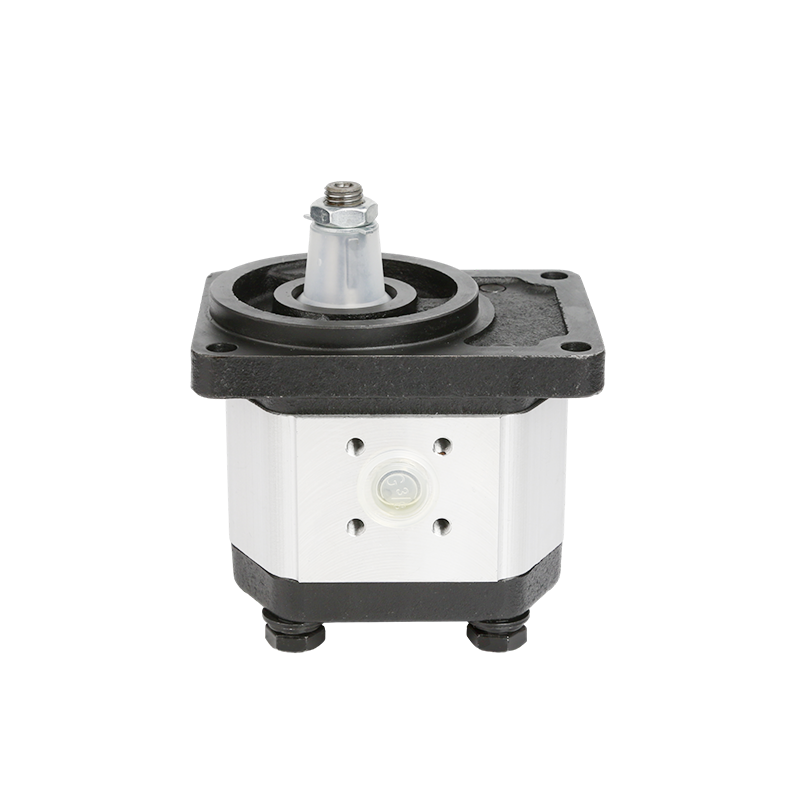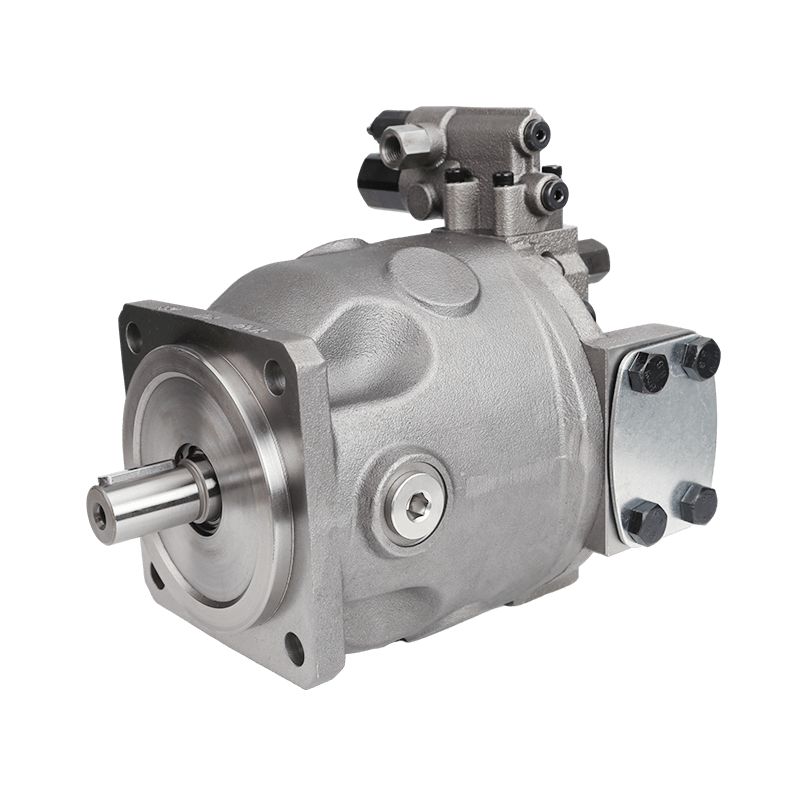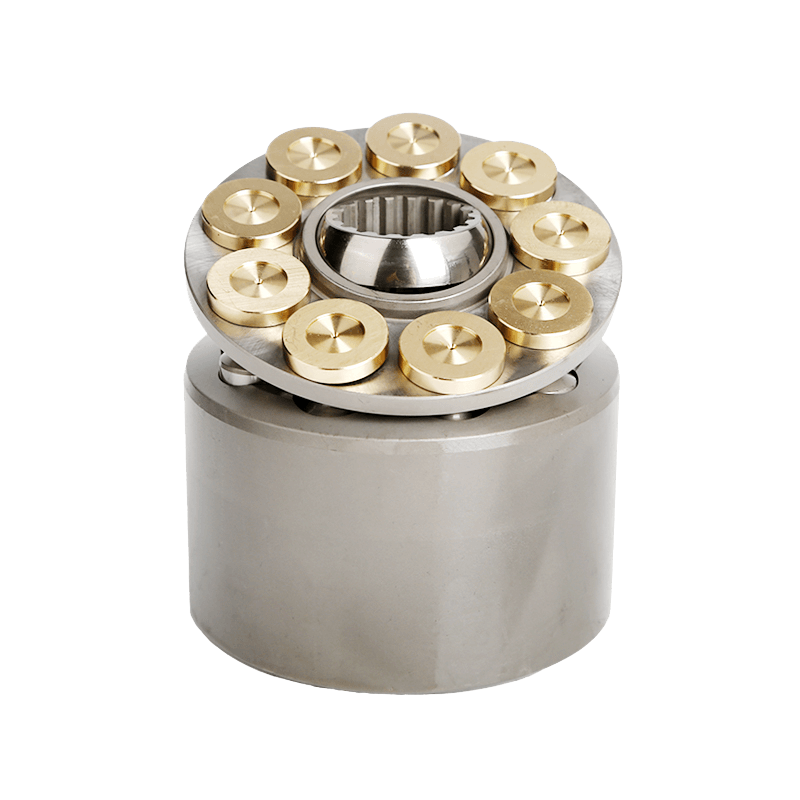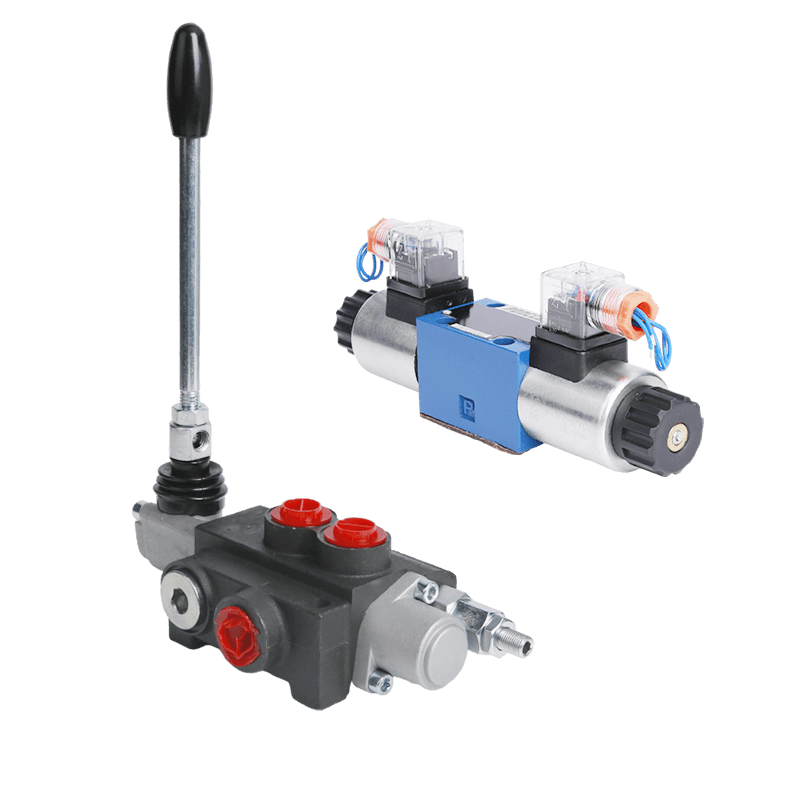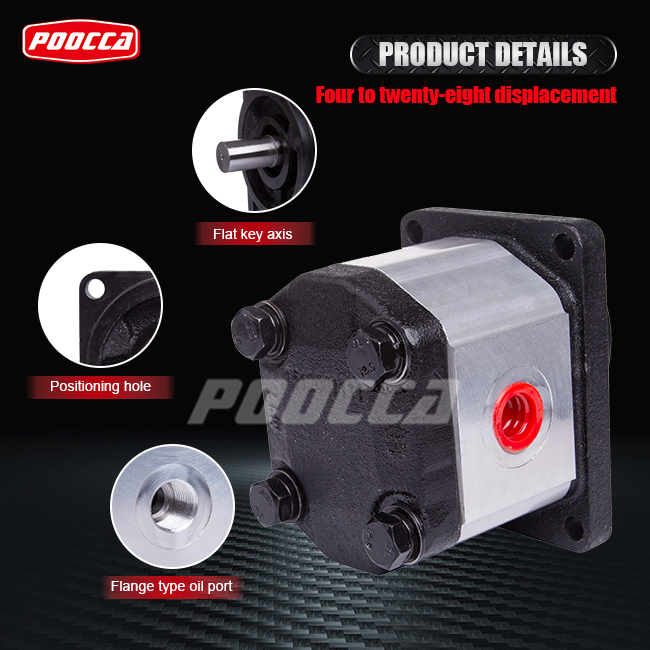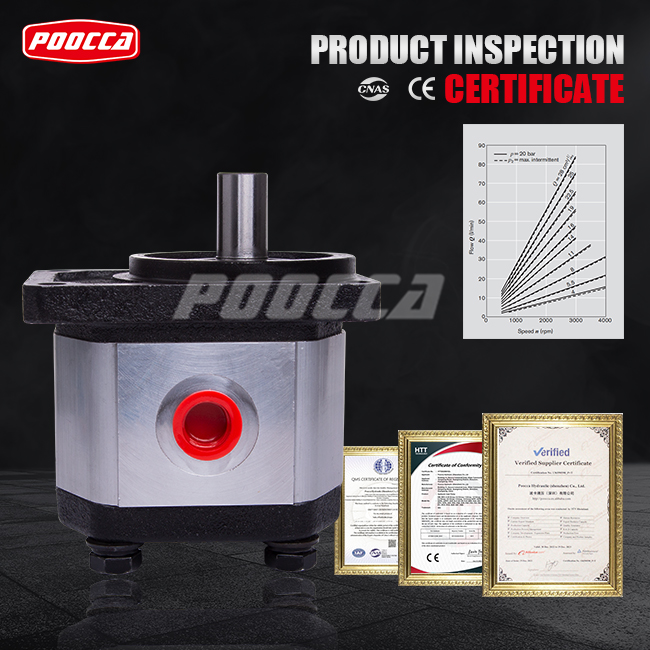External gear pump is a kind of equipment that has unique structure and performance characteristics, thus it can be widely used in various industrial applications, especially in the fields of fluid transmission and control. It has simple working principle and compact structure, and the maintenance of it is easy, which make it favored in many fields. However, just as all other equipment, external gear pumps not only have many advantages, but also have some disadvantages.
Working principle of external gear pumps
The external gear pump is made up of a pair of meshing gears, a pump body, and front and back covers. The active gear moves as the motor rotates it while the driven one also turns. Two gears have teeth grooves which mesh resulting in fluctuating volume of inlet and outlet chambers. In this way, liquid is sucked in or pumped out. This design endows external gear pumps with various distinguishing features.
Advantages of external gear pumps
High Performance: External gear pumps are designed for efficient fluid transfer. Their unique mesh structure allows the fluid to flow through the pump with less resistance, resulting in high transfer efficiency. In addition, the rotational speed of the gears can be adjusted as needed to meet different flow requirements.
Wide range of applicability: external gear pumps are suitable for conveying liquids of various viscosities, including highly viscous, solid particle-containing or fiber-containing media. This wide applicability makes it widely used in chemical, petroleum, food and other industries. In addition, the external gear pump can handle high and low temperature liquids, further expanding its application scope.
Stable operating performance: The external gear pump exhibits stable performance during operation. The design of the clearance between its rotor and stator makes it self-priming and allows it to work properly in a low mounting position. In addition, the meshing action of the gears makes the flow rate stable and with low pulsation, providing a reliable liquid delivery guarantee for the system. External gear pumps maintain a stable performance output even during long periods of continuous operation.
Simple maintenance and operation: The relatively simple structure of external gear pumps makes them easy to maintain and operate. In daily use, it is only necessary to regularly check the wear and tear of each part and replace the parts that are badly worn in a timely manner. In addition, due to its more common parts, maintenance costs are relatively low. This ease of maintenance and operation makes external gear pumps the equipment of choice for many industrial applications.
Good sealing performance: external gear pumps use advanced sealing technology to ensure that the liquid will not leak during operation. This good sealing performance not only ensures the purity of the liquid, but also avoids environmental pollution and safety issues. At the same time, the design of the sealing structure also extends the service life of the pump.
Low noise and vibration: External gear pumps generate relatively little noise and vibration during operation. This is due to the optimization of its structural design and manufacturing process. The low noise and vibration characteristics make it a great advantage in environments that require quiet operation, such as hospitals and laboratories. In addition, the low vibration reduces the impact of the equipment on surrounding structures, ensuring stable operation.
Energy saving and environmental protection: external gear pumps focus on energy saving and environmental protection in the design and manufacturing process. By optimizing the structure, reducing energy consumption, reducing emissions and other measures, environmentally friendly production and use is achieved. This makes the external gear pump meet the requirements of sustainable development while meeting industrial needs.
Disadvantages of external gear pumps
Despite the many advantages of external gear pumps, they also have some disadvantages. Chief among these disadvantages is its relatively low efficiency. Due to the resistance and friction that the liquid is subjected to when it flows inside the pump, it makes the energy loss of the external gear pump larger, thus affecting its conveying efficiency. In addition, external gear pumps require high liquid cleanliness, if the liquid contains impurities or particles, it is easy to cause wear and tear of the gears and pump body, shortening the service life. In addition, due to the unbalanced radial force, it may lead to uneven bearing force on gears and shafts, further aggravating the wear and leakage problems. These problems may increase equipment maintenance costs and downtime, affecting productivity.
Conclusion
In summary, external gear pumps have many advantages, such as increased efficiency, wide application range, stable operating performance, ease of maintenance and operation, good sealing performance, low noise and vibration, power a conservation and environmental protection but also some disadvantages, such as low marginal efficiency and critical water shortages. The selection and use of an external gear pump should consider its advantages and disadvantages for the proper selection and configuration, as well as actual requirements and operating conditions At the same time, it is necessary to keep the equipment maintained and maintained improve to extend machine life and improve performance.

